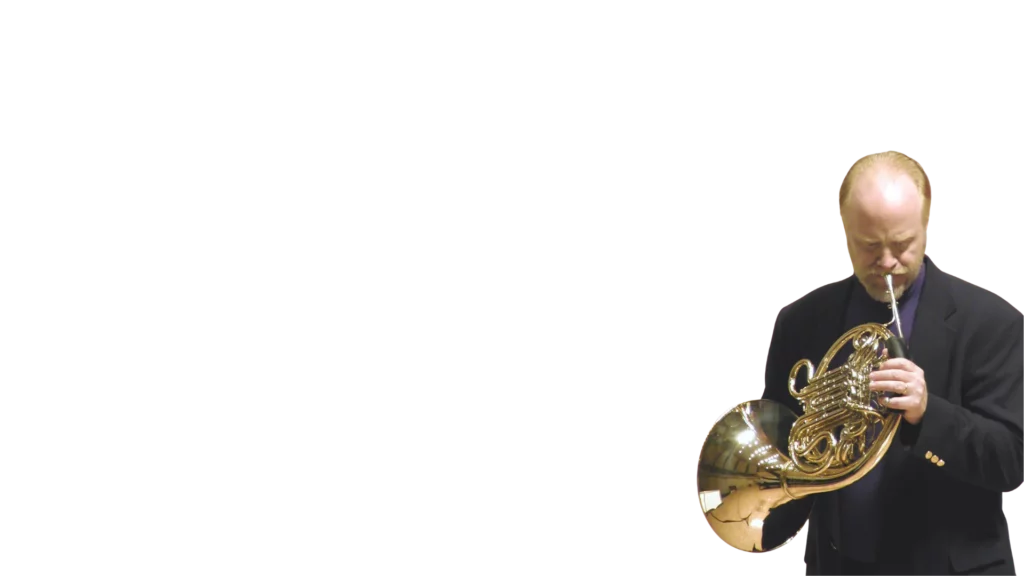The title refers to a journey of some kind, a transition from harder times to better times. It could be the personal journey of an individual or it could also be a whole society trying to return from the terrible times (the recent pandemic, for instance).
The piece is a microcosm – describing a journey in one page – but it also offers the player a chance to personalize, customize, and elongate the piece with one or two (optional) cadenzas (composed or improvised).
The player should consider the piece now and ever a work in progress. The player should be the partner of the composer and feel free to add or tweak anything as new ideas come up, even during performance.
I would be delighted if you played it a bit differently every time. The cadenzas especially are opportunities for this. You may thus add your own ideas, stretch the piece as you see fit.
The idea of cadenzas is not new, but creating your own outside of a concerto, and especially improvising one is likely to be new to many players. Here are some ideas to get started: take the material in the piece up to that point and mess around (technical term) with it. Repeat motifs (repetition is your friend). Play them in sequence, moving them up diatonically or chromatically each repetition. Compress or stretch them. Displace octaves. Transpose motifs or other bits. Keep pitches and change rhythms. Keep rhythms and change pitches. Invert motifs or play them backwards. Add or subtract notes to motifs or phrases. Change articulation or dynamics. Repeat notes. Think: mini-Theme and Variations.
End up in a place that glides into the printed material and continue on. The placement of the cadenzas is somewhat arbitrary – feel free to put them in different spots. Feel free also to only have one or no cadenza at all. They are just another way to give the player a chance for expression, for variety, to make the piece new every time.
Same with the cup mute. Use it or not, or see if you like the sound of a harmon or straight mute better. Or something else.
Glissandos are a trombone specialty, but I neglected to include any. See if you find any good spots to add one or more for expressive purposes. The long notes at the beginning might have places for glisses, which could be even very slow effects (glisses don’t have to be fast). Glisses could also be descending into the main note, not necessarily always ascending. They could also be combined with flutter. You may think of other effects that would add something (effects for expression, not for their own sake); air sounds come to mind (invert mouthpiece over the leadpipe, blow gently or fiercely). Let me know what you come up with. As I said, this piece is 1) a work in progress – it may change over time 2) a partnership – composer and player working together to create something new, preferably new in some way with every performance.
